The Conflict Islands are a stunningly beautiful and remote atoll located in the Milne Bay Province of Papua New Guinea. This privately owned group of 21 pristine islands encircles a spectacular central lagoon, making it a unique and exclusive cruise destination. The atoll is renowned for its incredible biodiversity, both above and below the water, and is considered one of the most biodiverse reef systems in the world.
As a port of call, the Conflict Islands offer an intimate and authentic eco-tourism experience. The focus is on conservation, marine activities, and relaxation in a secluded, natural paradise. Cruise ships anchor offshore, tendering passengers to a single island where they can enjoy the beaches, water sports, and learn about the location's important turtle conservation program.
The primary attractions in the Conflict Islands revolve around its incredible marine ecosystem and conservation efforts. Snorkeling or diving in the vibrant, protected coral reefs of the lagoon is a must-do activity. The clear turquoise waters teem with a diverse array of fish and marine life, offering an unforgettable underwater experience.
A highlight for many visitors is the Turtle Conservation Sanctuary on Panasesa Island. Here, you can learn about the critical work being done to protect and increase the population of Green and Hawksbill sea turtles. Visitors can often see turtle hatchlings before they are released into the ocean.
For those who prefer to stay dry, glass-bottom boat tours provide a fantastic window into the thriving reefs below. Other popular activities include kayaking, stand-up paddleboarding, or simply relaxing on the idyllic, white-sand beaches.
Last updated on June 29, 2025
The Conflict Islands are an extremely remote atoll, and the destination is the main attraction in itself. There are no nearby cities or towns that can be visited as a day trip. The experience is centered on the 21 pristine islands that form the atoll.
Excursions focus on exploring different parts of the immediate area, such as boat trips to secluded beaches or premier snorkeling spots on other islands within the lagoon. The nearest major port is often Alotau on the mainland, but this is a separate port of call on a cruise itinerary, located over 150 kilometers away and not accessible for a day visit.
Last updated on June 29, 2025
Cruise ships do not dock at a pier in the Conflict Islands. Instead, they anchor within the calm, protected waters of the central lagoon. Passengers are then transported to shore via the ship's tender boats.
The tenders typically land on Panasesa Island, which is the heart of visitor activities. This island houses a small, eco-focused resort with amenities like a cafe, bar, and gift shop. There is no town or city center; the resort and natural attractions are the destination. All points of interest on the island are easily accessible on foot from the tender drop-off point, so no further transportation is required.
Last updated on June 29, 2025
The official currency of Papua New Guinea is the Kina (PGK). However, as the Conflict Islands are a private resort catering to international visitors, the Australian Dollar (AUD) is widely accepted and often the preferred currency for transactions. Some vendors may also accept US Dollars (USD).
Major credit cards such as Visa and MasterCard are typically accepted at the main resort facilities for tours, food, and beverages. There are no ATMs or currency exchange services on the islands, so it is crucial to bring sufficient cash (preferably AUD) or a credit card for any purchases.
Last updated on June 29, 2025
The Conflict Islands are considered a very safe destination for cruise passengers. As a privately owned and managed atoll with a controlled number of visitors, crime is virtually non-existent. The environment is relaxed and secure, making it ideal for independent exploration of the designated visitor areas on Panasesa Island.
The main safety considerations are environmental. The tropical sun is intense, so high-SPF reef-safe sunscreen, hats, and protective clothing are essential. Staying hydrated is also very important. When swimming or snorkeling, be mindful of your surroundings, do not touch coral or marine life, and follow all guidance provided by your tour operators or the ship's crew.
Last updated on June 29, 2025
The Conflict Islands feature a hot and humid tropical rainforest climate year-round. Average daily temperatures consistently range between 24°C and 31°C (75°F to 88°F). The main cruise season often coincides with the drier season, which typically runs from May to October, bringing slightly lower humidity and less frequent rainfall.
The wet season occurs from December to March, characterized by heavier and more frequent tropical showers. Regardless of the season, passengers should pack lightweight and breathable clothing, swimwear, a hat, sunglasses, and strong, reef-safe sunscreen. A light raincoat or poncho is also recommended for unexpected downpours, even during the drier months.
Last updated on June 29, 2025
There are no public transportation options such as buses, taxis, or ride-sharing services available in the Conflict Islands. The destination is a remote atoll, and the main island visited by cruise passengers, Panasesa, is small enough to explore entirely on foot.
All the primary points of interest, including the beaches, resort facilities, and the turtle sanctuary, are within a very short walk from the tender landing spot. Transportation is generally limited to small boats or dinghies, which are used for organised excursions like diving and snorkeling trips to other parts of the lagoon.
Last updated on June 29, 2025
Shopping opportunities in the Conflict Islands are limited and focused on authentic, locally produced goods. There is usually a small gift shop or a local market set up near the main resort area on Panasesa Island when a ship is in port.
Visitors can find unique souvenirs such as handmade jewelry, woven bags and baskets, and traditional wood carvings crafted by artisans from nearby communities. Items related to the island's turtle conservation program are also popular. Prices are generally fixed, and transactions are often conducted in Australian Dollars (AUD) or sometimes US Dollars (USD). Credit cards may be accepted at the main resort shop, but it is wise to carry cash for market stalls.
Last updated on June 29, 2025
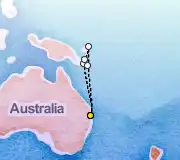


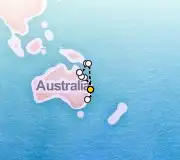
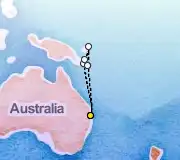

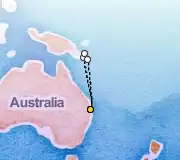
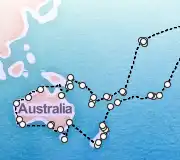
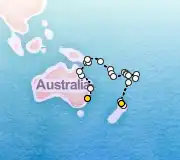
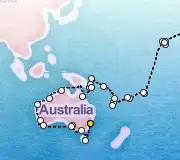
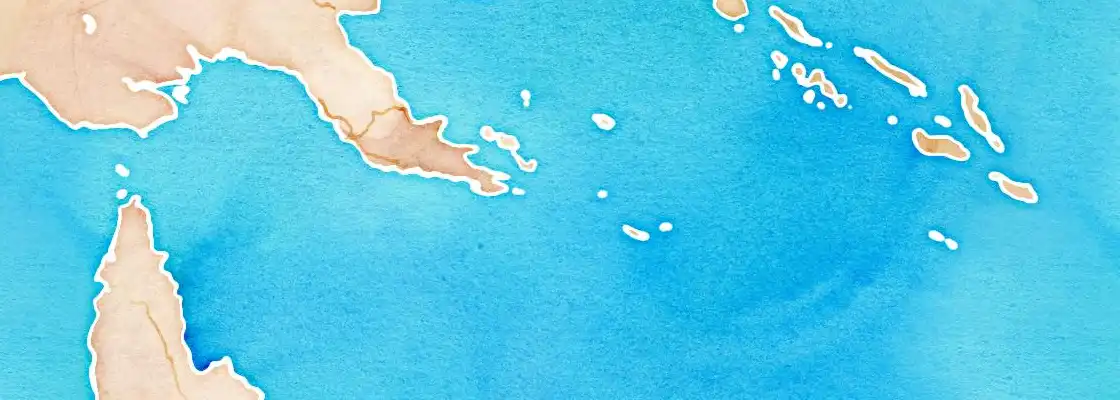
No ships scheduled in port today.
Sailings visiting Conflict Islands during the peak seasons of winter and fall are much more expensive than the the low season of spring. Overall Conflict Islands is fairly inexpensive as a port of call. Look at the illustration below for the monthly average cost per day.
Want to hear about the best deals and cruise tips every week? Sign up for our free weekly VIP Newsletter, customized exactly to your preferences!